
Recently, I've been pondering on the power of listening as a gift of love to those around me. In my recent BYU Radio Interview with Ritchie T about mending relationships, the power of listening came through. Rather than listening to comment or share my perspective, I'm trying to listen as a way of showing my care and concern for others. If you have the chance, see what you can do to demonstrate your love through more listening and maybe less talking. In a culture steeped in creating our own personal platforms and branding messages, real connection comes through understanding the thoughts, feelings, and dreams of those around us.
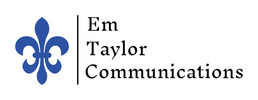
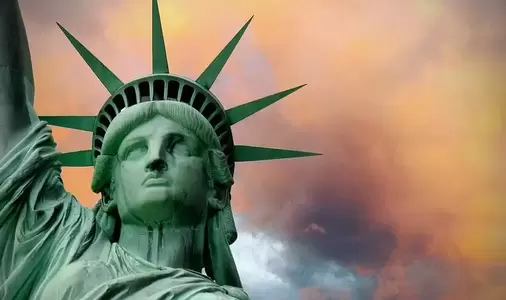
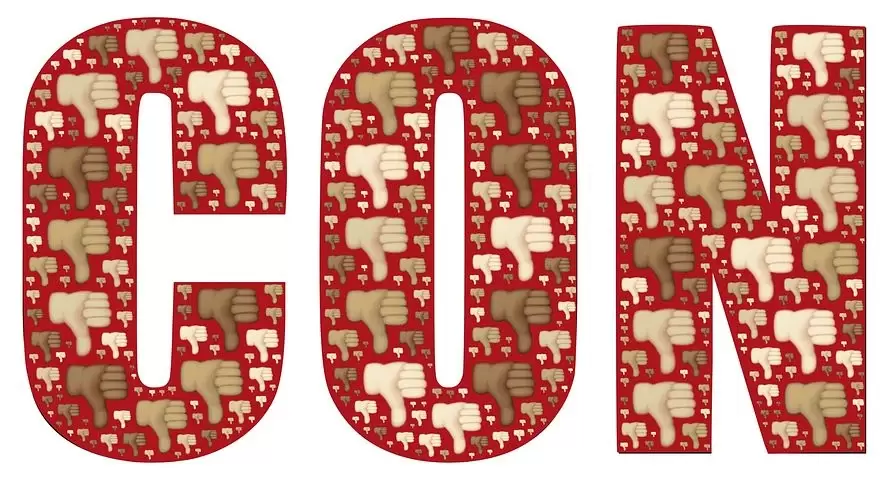

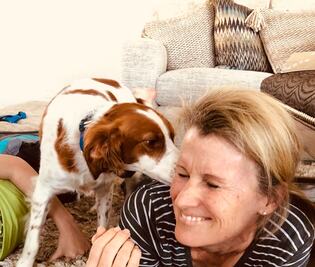
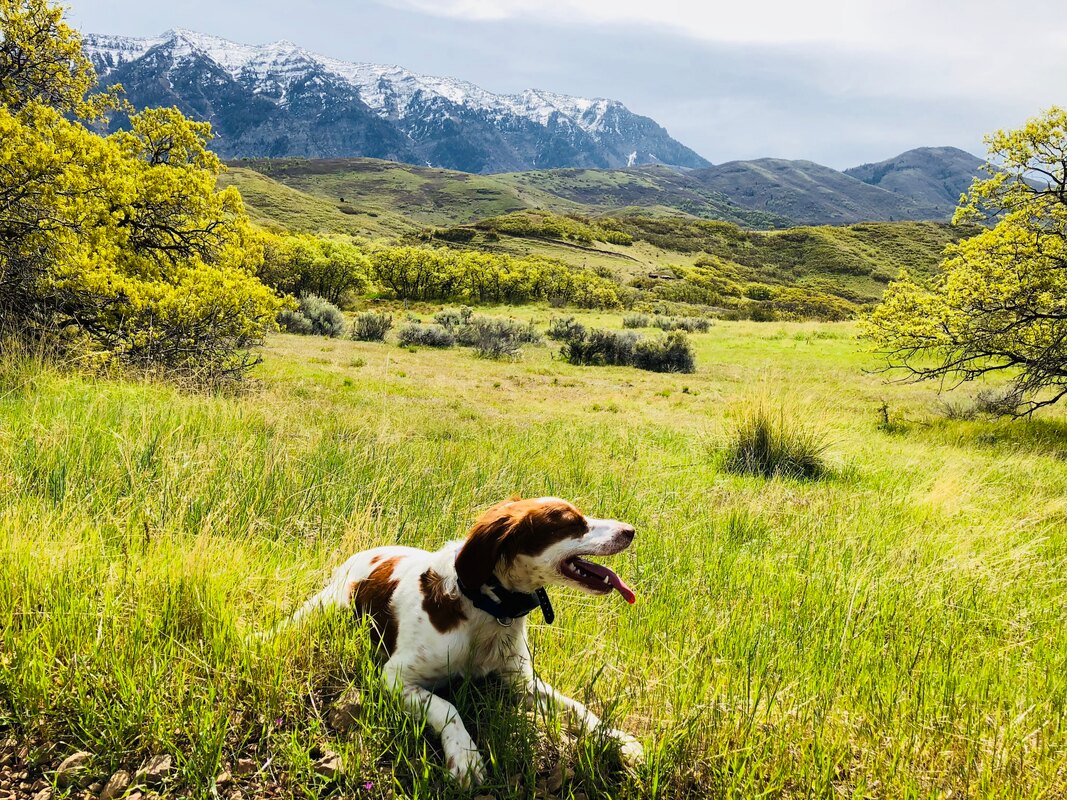
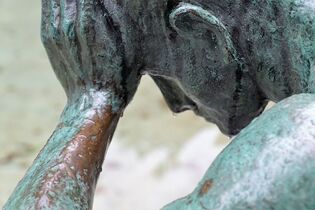

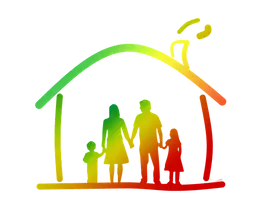
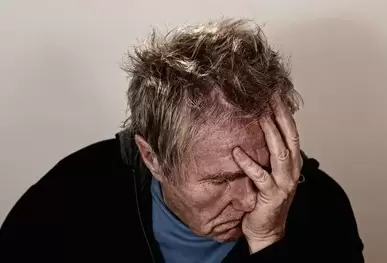
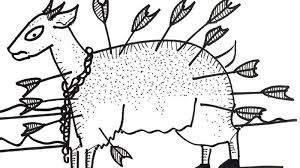
 RSS Feed
RSS Feed